2-Methyltetrahydrofuran-3-thiol CAS 57124-87-5
Chemical Name: 2-Methyltetrahydrofuran-3-thiol
CAS No.: 57124-87-5
Molecular Fomula: C5H10OS
Molecular weight:?118.19
Appearance:?Transparent colorless to light yellow liquid
Assay????99%
发送询盘
Description
2-Methyltetrahydrofuran-3-thiol?Quick Details
Chemical Name: 2-Methyltetrahydrofuran-3-thiol
CAS No.: 57124-87-5
Molecular Fomula: C5H10OS
Chemical Structure:
Molecular weight:?118.19
Appearance:?Transparent colorless to light yellow liquid
Assay????99%
2-Methyltetrahydrofuran-3-thiol Typical Properties
ITEMS
SPECIFICATION
Appearance
Transparent colorless to light yellow liquid
Purity
??99%
2-Methyltetrahydrofuran-3-thiol application:
It is an important sulfur-containing spice. It can be widely used in the preparation of edible flavors, especially meat flavors. It plays an important role in improving the quality and grade of flavors. It is a very important type of edible spice.
2-Methyltetrahydrofuran-3-thiol Packaging and Shipping?
customized according to customer needs.
2-Methyltetrahydrofuran-3-thiol?Storage
Store in a closed container in a dry place at room temperature.
| 5 |
|
0 |
| 4 |
|
0 |
| 3 |
|
0 |
| 2 |
|
0 |
| 1 |
|
0 |
- 2
- 2-diallylpent-4-en-1-amine
- 4
- 95-16-9
- Ammonium sulfamate
- Benzothiazole
- cas:67889-00-3ح2
- cas:83524-75-8 | pigment black 32
- cas:928836-00-4 | 2
- cas:932745-70-5 | 4
- Chemical Minerals
- Coconut diethanolamide
- Daily Chemicals
- discount
- for sale
- General pvc resin
- hexyl D-glucoside
- in stock
- Lauramidopropyl betaine
- LAURIC ACID MONOETHANOLAMIDE
- Petroleum Additives
- Plasticiser
- Ploymers
- price
- PVC
- quotation
- Raw Materal
- Remove term: Petroleum Additives Petroleum Additive
- SODIUM ETHYL 2-SULFOLAURATE
Related Products
Chemical Name: alpha-Hexylcinnamaldehyde
CAS No.: 101-86-0
Molecular Formula: C15H20O
Molecular Weight: 216.32
Appearance: Yellow Liquid
Chemical Name: Ashwagandha Extract
Synonyms: Withania somnifera, ext.; Withania Somnefera Extract
CAS: 90147-43-6
Appearance: Brown
Common English name: 5-iodo-2,3-dihydropyridazin-3-one
CAS No.: 825633-94-1
Molecular formula: C4H3IN2O
Molecular weight: 221.98
Sample: Available
As an organic compound, Cinnamyl alcohol has a very distinct sweet, spicy, hyacinth odour that is found in resins, balsams and cinnamon leaves. It is used commonly in the fragrance industry due to its distinctive odour, which can be applied as a deodorant, fragrance and additive in cosmetic products and in the formulation of bath products, body and hand products, such as soaps, toothpaste, deodorants, etc. Besides, it also finds application as a food additive in chewing gum, bakery products, candy and soft drinks. Naturally, Cinnamyl alcohol is occurrent only in small amount, thus its industrial demand is usually fulfilled by chemical synthesis starting from the reduction of cinnamaldehyde.
Chemical Name: 3-Hydroxybutyric acid
CAS No.: 625-71-8
Molecular Formula: C4H8O3
Molecular Weight: 104.1
Appearance: White powder
Chemical Name: Zinc citrate
Synonyms: Zinc citrate trihydrate
CAS No.: 546-46-3
Molecular Formula: C6H8O7Zn
Molecular Weight: 257.5
Appearance: White powder
Pogostemon cablin (Blanco) Benth Made from dried leaves. It is a viscous liquid ranging from reddish brown to greenish brown, with a unique, slightly camphor like woody fragrance.The patchouli shrub is mainly planted in Indonesia. It grows up to 1 meter, but when harvested, it will be cut to 10-15 centimeters. It is best to extract oil from sun dried leaves, with a yield of about 2%.The three terpenoids found in patchouli oil, namely caryophyllene, patchouli alcohol or patchouli alcohol, and nopachenol, are the typical sources of patchouli fragrance. Thin layer chromatography and high performance liquid chromatography are used to identify potential chemical markers for evaluating the quality of the Chinese herbal medicine ingredient ??patchouli herb?? (aboveground part of patchouli). In addition to the reported patchouli alcohol and 2-hydroxy-6-methyl-3- (4-methylpentanoyl) -4-pyranone, three phenylethane compounds (acteoside, isoacteoside, and crenatoside) were also isolated from this plant material for the first time.
Light aromatic solvent oil is a mixture of various aromatic compounds, which may contain some dangerous ingredients. For example, a certain varnish base mentioned in a document contains 3-5% light aromatic solvent naphtha (petroleum), as well as benzoic acid, 1,2,4-trimethylbenzene, 4-methyl-2-pentanone, butyl acetate, ethyl 3-ethoxypropionate, bis(1,2,2,6,6-pentylmethyl-4-piperidinyl) sebacate, methyl-1,2,2,6,6-pentamethyl-4-piperidinyl sebacate, 3-(2H-benzotriazol-2-yl)-5-(1,1-dimethylethyl)-4-hydroxy-phenylpropionic acid-C7-9 (branched and linear) alkyl esters and other ingredients.
Chemical Name: z-3-decen-1-yl acetate
CAS No.: 81634-99-3
Molecular Fomula: C12H22O2
Molecular weight:?198.3
Appearance:?powder
Chemical Name: 4-((2-Furylmethyl)thio)-4-methylpentan-2-one
Cas No.: 64835-96-7
Molecular Fomula: C11H16O2S
Molecular Weight: 212.31
Appearance: Colorless to light yellow liquid
Chemical Name: Choline salicylate
CAS No.: 2016-36-6
Molecular Formula: C12H19NO4
Molecular Weight: 241.28
Appearance: Red-Brown Crystal

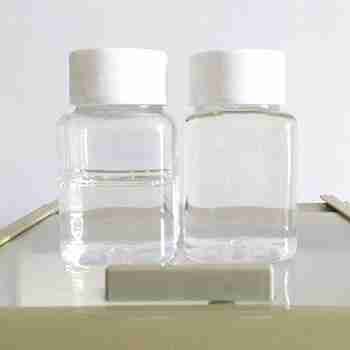

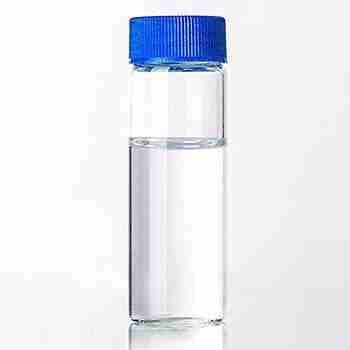
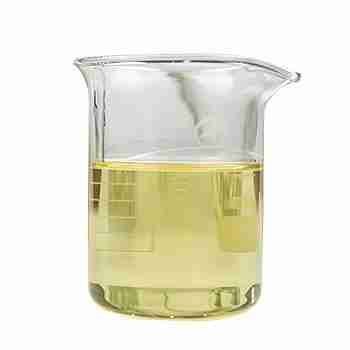


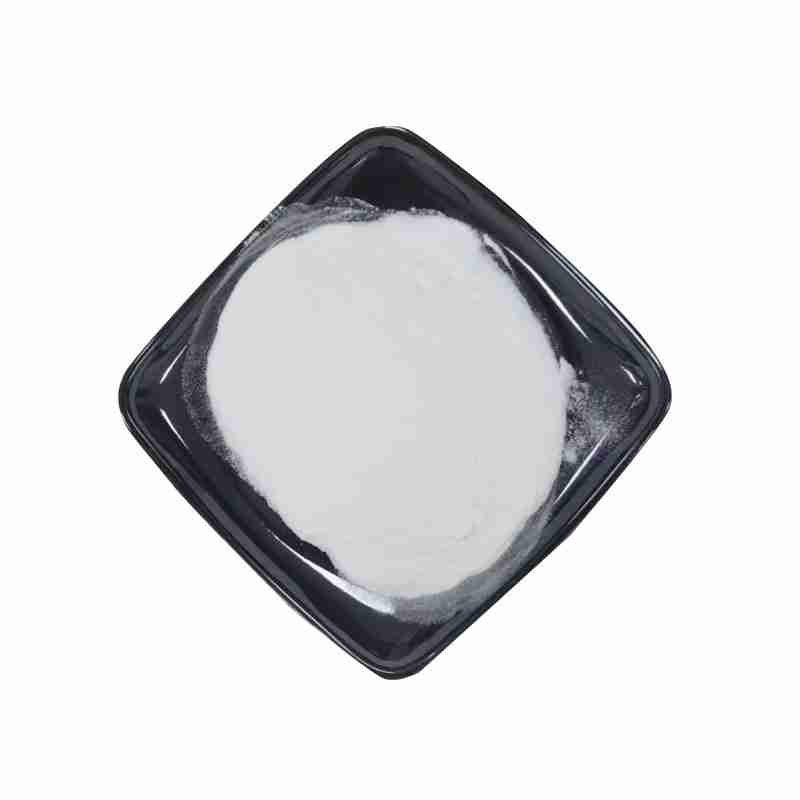

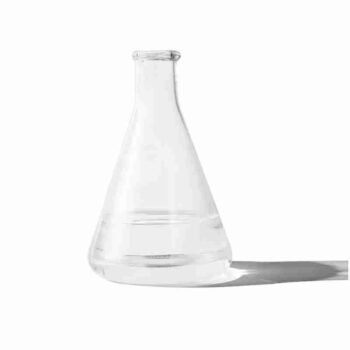


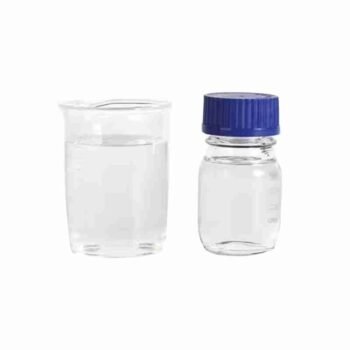
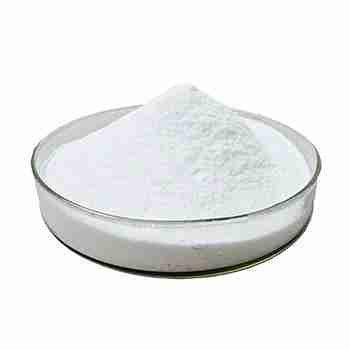





Reviews
There are no reviews yet.